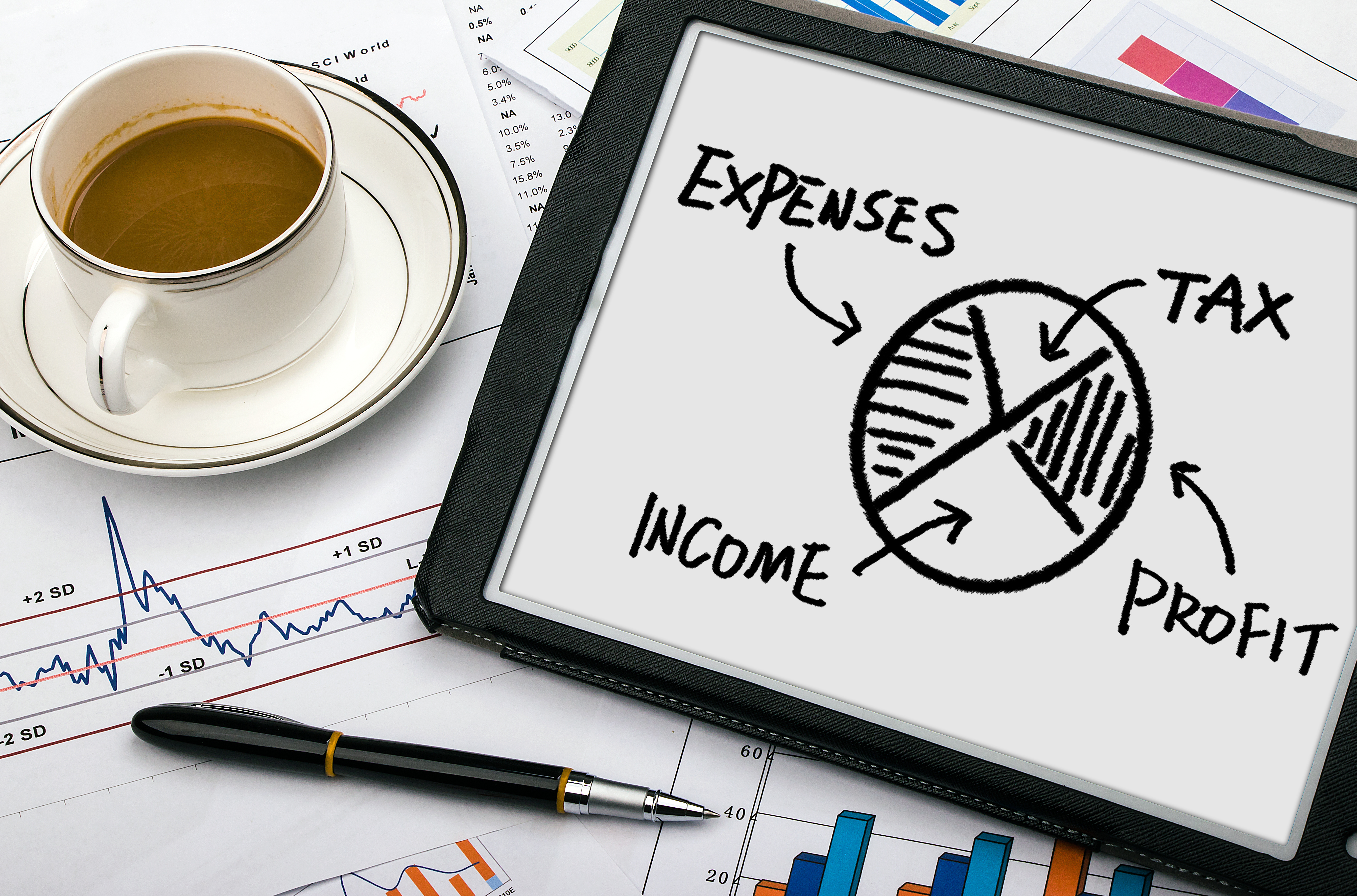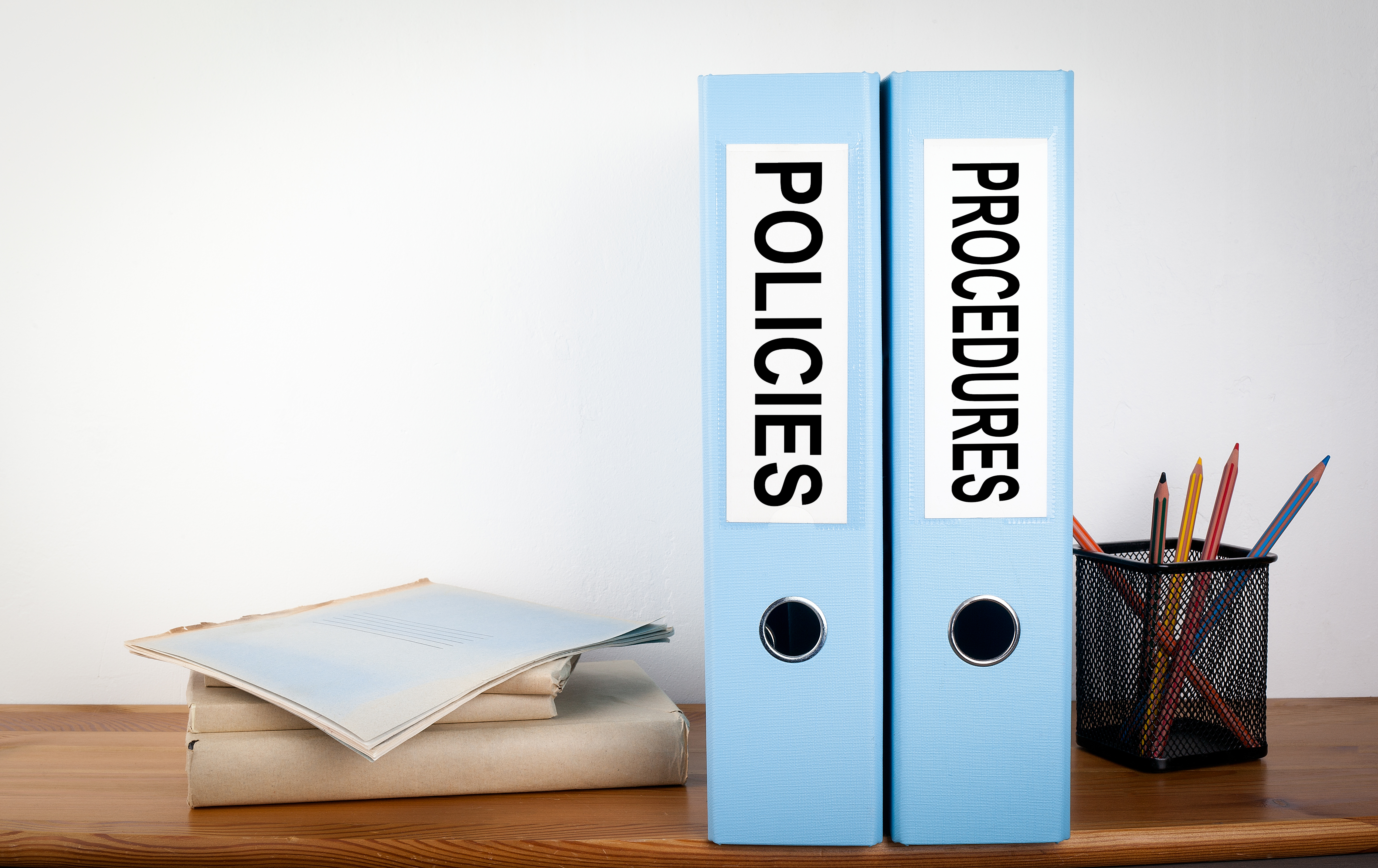Business Income and Expenses: A Guide to Managing Business Finances
Key Takeaways
- Understand which forms of revenue qualify as business income and which costs are deductible to optimize your financial outcomes
- Learn the difference between gross income, which is your total earnings before expenses, and net income, the profit remaining after all expenses
- Maintain accurate financial records to simplify tax reporting, ensure compliance, and facilitate detailed monitoring of business health
- Implement effective cash flow management practices, including budgeting and forecasting, to ensure sufficient funds are available for operational needs and growth opportunities
- Take advantage of applicable tax credits and deductions to reduce tax liabilities and improve profitability

Do you dread tax season because you're not sure how to calculate your net income or deduct eligible business expenses? If so, you're not alone. As a business owner, it's critical to have a solid understanding of the technical aspects of managing your business finances, including business banking, to ensure financial stability and success. This comprehensive guide will delve into the intricate world of managing business finances, covering everything from tax implications to cash flow management and effective use of business banking to help you optimize your business income and expenses.
What Constitutes Business Income
Business income is the money earned from business operations, which is subject to taxation. However, not all forms of income received by a business are considered business income. To help clarify, here are some types of income that can be classified as business income:
- Sales revenue
- Fees for services rendered
- Rent or lease payments from business property
- Interest earned on business accounts or loans
- Income from investments made as part of the business
- Royalties from intellectual property or licensing agreements
- Commissions earned by salespeople or agents working for the business

Understanding Business Expenses
Business expenses are the costs incurred by a business in the process of generating revenue, which can be deducted from the gross income to arrive at the net income. However, not all expenses incurred by a business are considered tax-deductible. Here are some examples of business expenses that can be deducted from tax returns:
- Rent or lease payments for business property
- Salaries and wages paid to employees
- Costs of goods sold (COGS)
- Advertising and marketing expenses
- Professional fees paid for legal or accounting services
- Business travel expenses
- Office supplies and equipment
- Insurance premiums for business coverage
- Repairs and maintenance costs for business property or equipment
- Interest on business loans or credit cards
- Depreciation and amortization of business assets
Gross Income vs. Net Income: Understanding the Difference
Gross income and net income are two terms commonly used in accounting and finance, and understanding the difference between the two is essential for any business owner.
-
Gross Income: Gross income refers to the total revenue a business generates, including all income from sales, services rendered, and other sources. It is calculated by adding up all the revenue the business receives without considering any expenses. Gross income is the starting point for calculating net income, which is the amount of profit that a business earns after deducting all expenses.
-
Net Income: Net income, also known as profit or net earnings, is the final figure obtained after subtracting all expenses from the gross income. After accounting for all costs incurred in generating revenue, a business is left with the net income. This includes expenses such as salaries, rent, utilities, and taxes, amongst others. Net income is the most accurate measure of a business's financial performance and is used to determine the amount of taxes the business owes.
While gross income gives an idea of a business's revenue generation capacity, net income accurately represents a business's financial health and profitability.
Importance of Calculating Net Income for Budgeting and Financial Planning
Net income accurately represents the actual profits earned by the business, which is necessary for making informed decisions about allocating resources. By subtracting all the expenses from the gross income, businesses can determine their profit margins and make strategic decisions about where to invest their money. This allows them to identify areas where costs can be reduced and resources can be better allocated, leading to higher profitability in the long run.
Net income also plays a critical role in financial planning by helping businesses prepare for tax payments, as it serves as the basis for calculating the amount of taxes owed. Businesses can identify trends and patterns in their financial performance, make informed decisions about their future investments, and improve their profitability by accurately tracking and analyzing net income. Calculating net income is a crucial step in financial planning for any business, as it provides a clear picture of the company's financial health and helps guide strategic decision-making.
Identifying Deductible Business Expenses for Tax Purposes
Deductible business expenses are essential for reducing taxable income and tax burden on businesses. It is necessary to track and document these expenses carefully, as the IRS requires proper documentation to claim deductions. This documentation includes receipts, invoices, and other proof of payment. The importance of tracking and documenting business expenses cannot be overstated, as it helps businesses avoid audits, minimize the risk of errors, and maximize deductions.
Examples of deductible business expenses include salaries and wages, rent or lease payments, office supplies, travel expenses, business insurance, and so on. These expenses are deductible because they are considered ordinary and necessary for running a business. However, it is essential to note that not all business expenses are deductible, and some may be subject to limitations or exclusions. It is, therefore, crucial to consult with a tax professional or IRS publications to ensure compliance with tax regulations and maximize deductions. Tracking and documenting business expenses and identifying deductible expenses are crucial for minimizing tax liability and maximizing profitability.
Keeping Accurate Records of Business Income and Expenses
Keeping detailed and organized records is not only required by the IRS for tax filing, but it's also crucial to understand the business's financial health. Here are a few tips to simplify your record-keeping process:
- Consider using accounting software to simplify record-keeping. It can automate bookkeeping tasks, provide real-time financial insights, and facilitate compliance with tax regulations.
- Use cloud-based accounting software to access financial records from anywhere and facilitate collaboration with accountants and financial advisors.
- Maintain a meticulous record of all receipts and invoices.
- Track expenses by category.
- Reconcile bank statements regularly.
Calculating and Reporting Business Income on Tax Returns
To calculate and report business income, businesses must first determine their gross income by subtracting their deductible expenses from their total revenues. Then, they can calculate their net income by subtracting any additional deductions, such as depreciation or business losses. Finally, they must report their net income on their tax returns.
Different types of businesses have different tax reporting requirements. Sole proprietorships use Schedule C, partnerships use Form 1065, and S corporations use Form 1120-S. Corporations, on the other hand, use Form 1120-S. Filing the correct tax form required for your business type is important to avoid penalties.
Businesses can minimize their tax liability by using tax software designed for their business type or seeking advice from a tax professional. Additionally, keeping track of relevant tax deductions, such as home office expenses or business travel expenses, can help ensure accurate reporting.

Depreciation and Amortization of Business Assets for Tax Purposes
Depreciation and amortization are two critical accounting concepts businesses must understand to accurately report their income and expenses on their tax returns.
- Depreciation: Depreciation refers to the decrease in the value of a tangible asset over time due to wear and tear or obsolescence.
- Amortization: Amortization refers to the process of spreading the cost of an intangible asset, such as a patent or trademark, over its useful life.
Examples of depreciable assets include buildings, vehicles, machinery, and equipment. For instance, a building used in the operations of a business may experience wear and tear over time, reducing its value. Similarly, vehicles used for business may also experience wear and tear from usage and, as a result, lose their value. Machinery and equipment also gradually lose value due to regular use, technological advances, or other factors such as damage or theft.
Depreciating assets are not expensed immediately when they are purchased but rather depreciated over their useful lives, and the depreciation expense is recorded on the business's financial statements and tax returns. Correctly identifying and accounting for depreciable assets is crucial for accurate financial reporting and minimizing tax liability.
Deducting Business Losses on Tax Returns
Here are some key steps to deduct business losses on tax returns:
- Determine if you have a business loss: A business loss occurs when your business expenses exceed your business income. This can happen in the early stages of a business or during a slow period.
- Decide on your business structure: The way you report your business loss on your tax return depends on your business structure. For example, sole proprietors and single-member LLCs report their business losses on their personal tax returns, while partnerships and corporations file separate tax returns.
- Complete the appropriate tax form: To deduct a business loss, you must complete the proper tax form, such as Schedule C for sole proprietors or Form 1065 for partnerships.
- Carryover losses: If your business loss exceeds your income for the year, you can carry over the excess loss to future tax years. The IRS allows you to carry over losses for up to 20 years.
- Consult a tax professional: If you need help with how to deduct business losses on your tax return, consider consulting a tax professional for guidance. They help ensure you take advantage of all available deductions and avoid errors or penalties.
Understanding the Tax Implications of Business Loans and Financing
Business loans and financing can have various tax implications for businesses. One of the main tax benefits is the ability to deduct the interest paid on business loans on their tax returns. This can help reduce taxable income and lower the overall tax liability. Additionally, some loans may be eligible for tax credits or deductions, such as the Section 179 deduction for equipment purchases. However, it's important to note that certain types of financing, such as equity financing, do not provide tax benefits as they do not involve debt and interest payments.
Reporting Income from Multiple Sources for a Business
Accurately reporting all sources of income, including employment, investments, rental properties, and any other sources, is crucial to avoid potential penalties or legal consequences. Maintaining detailed records of all income sources and consulting with a tax professional can help ensure accurate reporting. Awareness of applicable tax laws or regulations, such as foreign income or cryptocurrency transactions, is also important for proper tax filing.
Managing Business Cash Flow
Cash flow management is a crucial aspect of running a successful business. It involves monitoring the inflow and outflow of cash to ensure enough money is available to cover expenses, pay debts, and invest in growth opportunities. Effective cash flow management can help businesses avoid financial struggles, maintain a positive reputation with suppliers and creditors, and make informed decisions about the future. Here are a few tips for managing cash flow effectively:
- Create a budget: Businesses should create and regularly monitor and adjust it as needed.
- Forecast cash flow: Forecasting cash flow can help anticipate shortfalls or surpluses.
- Speed up cash inflows: Businesses can take steps to speed up cash inflows, such as offering discounts for early payments or implementing a collections process for overdue accounts.
- Delay cash outflows: Businesses can delay cash outflows by negotiating better payment terms with suppliers or delaying non-essential expenses.
- Maintain an emergency fund: To cover unexpected expenses or cash flow disruptions, businesses should maintain an emergency fund.

Utilizing Tax Credits and Deductions to Reduce Business Tax Liability
Tax credits and deductions can help businesses save money on their tax bills and improve their overall financial performance. Tax credits are directly subtracted from a business's tax liability, while tax deductions reduce the amount of income subject to taxation. There are a variety of tax credits and deductions available to businesses, including those related to research and development, employee benefits, and energy-efficient investments.
Businesses should maintain accurate records of their expenses and consult with a tax professional to ensure they are eligible for the credits and deductions they claim. They should also stay informed about tax laws and regulations changes that may impact their eligibility for certain credits and deductions. Businesses can improve their cash flow and profitability by maximizing their use of available tax credits and deductions.
Understanding Business Income and Expenses
Having a thorough understanding of business income and expenses is crucial for achieving financial stability in the long run. Accurate and timely record-keeping, proper tax filing, and effective cash flow management are critical to successful business operations. In addition, taking advantage of available tax credits and deductions can help minimize tax liability and maximize profits. Businesses should stay informed about tax laws and regulations and consult a tax professional when needed. Prioritizing proper financial management and planning can have a positive impact on the long-term success of the business.
Explore our comprehensive business banking reviews to learn more about the best business banking solutions to manage your business income and expenses.
What qualifies as business income?
Business income includes money earned from activities like sales revenue, service fees, rent from business property, interest on business accounts, investment income, royalties from licensing agreements, and commissions.
What are deductible business expenses?
Deductible business expenses are costs necessary for running your business and may include rent, salaries, cost of goods sold, marketing, legal and accounting fees, travel, office supplies, insurance, and repairs. These expenses must be both ordinary and necessary for your trade or business.
How do I calculate net income for my business?
Net income is calculated by subtracting all business expenses from your gross income. Gross income is the total revenue generated from all sources without deducting any expenses.
Why is it important to keep accurate records of business income and expenses?
Accurate record-keeping helps in monitoring the financial health of your business, simplifies tax reporting, ensures compliance with tax laws, and aids in effective financial planning and analysis.
How can tax credits and deductions benefit my business?
Tax credits and deductions can significantly reduce your tax liability. Credits are subtracted directly from your taxes owed, while deductions reduce the amount of taxable income. Maximizing eligible credits and deductions can improve your business's profitability and cash flow.
Edited by:
Bryan Huynh
•
Product Tester & Writer

























































































